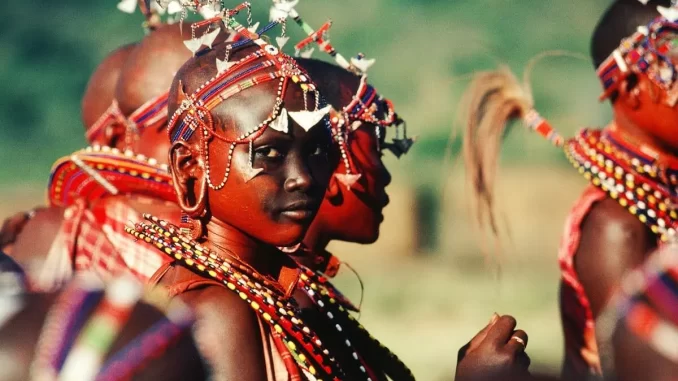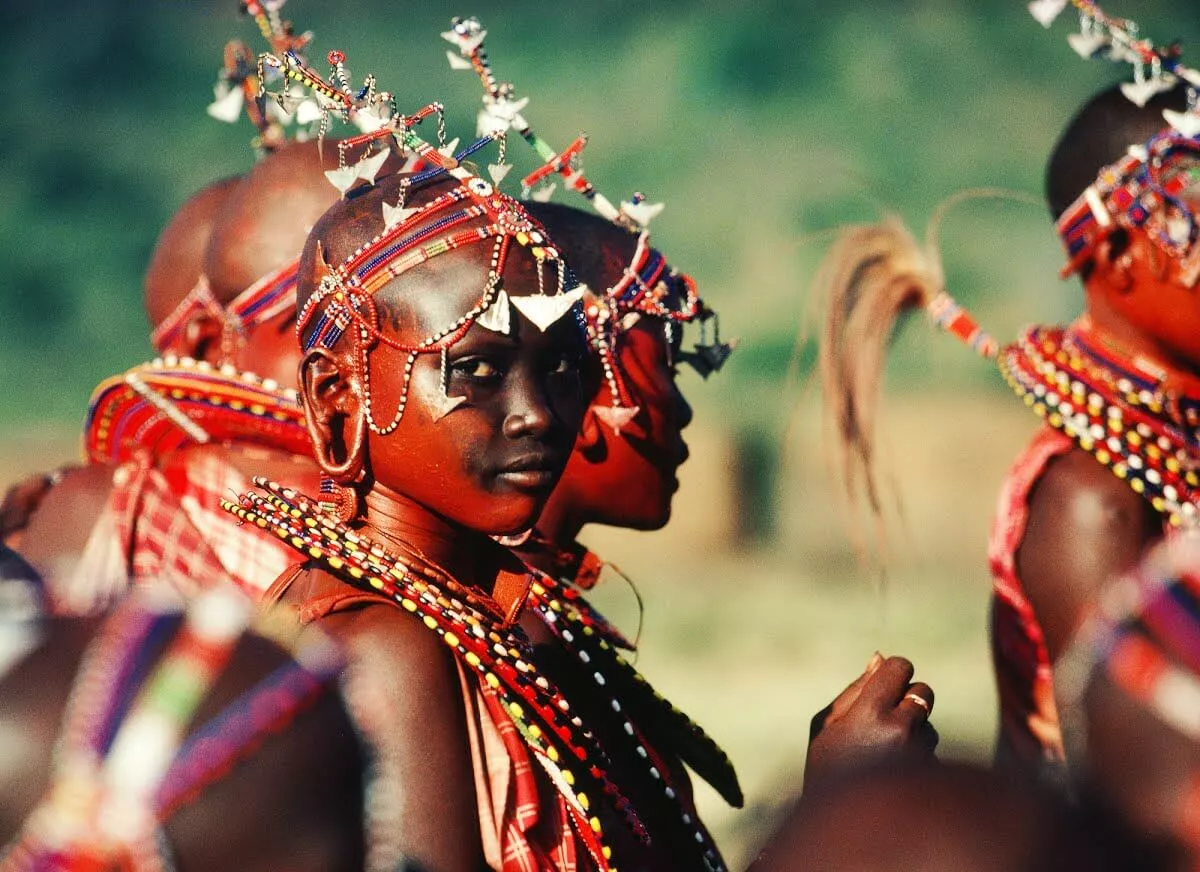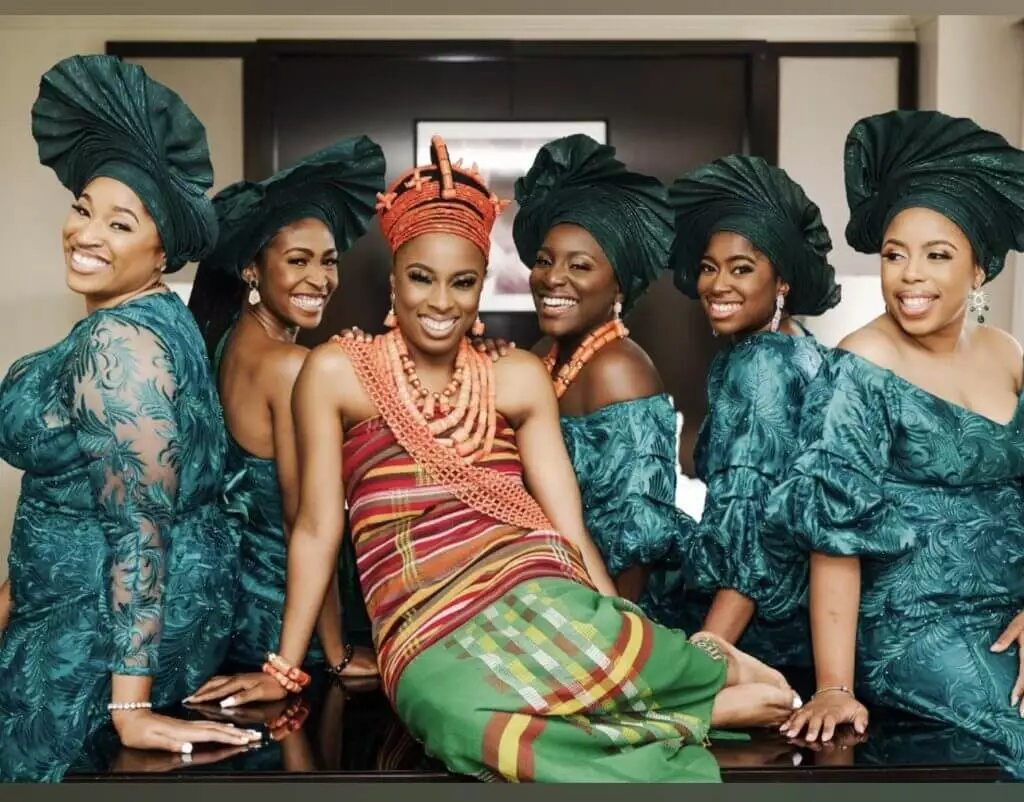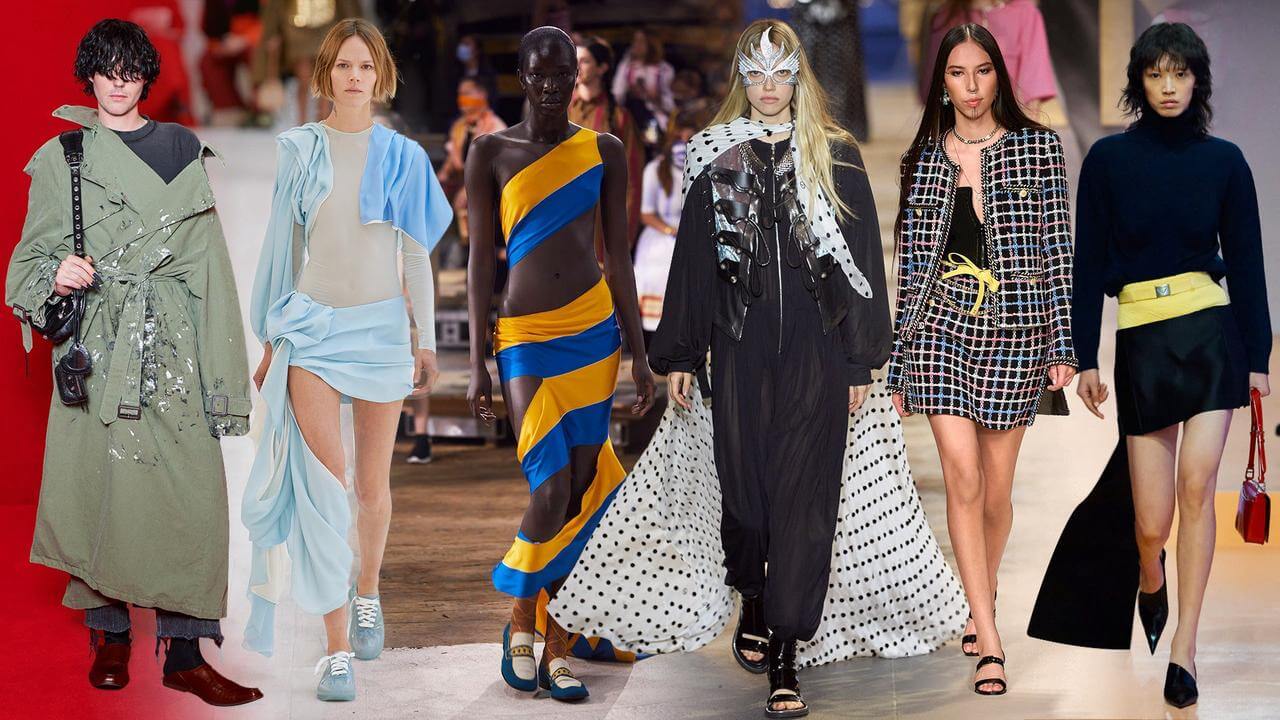
When I think about fashion and cultural identity, the intricate tapestry of traditional attire instantly comes to mind. Traditional clothing serves as a powerful expression of heritage, conveying stories, beliefs, and values. It is through these garments that communities preserve their unique cultural identities. Whether it’s the vibrant kimonos of Japan, the colorful dashikis of West Africa, or the regalia of Native Americans, traditional attire is a window into the soul of a culture. Join me on a journey as we explore the captivating world of traditional attire and its profound connection to cultural identity.
Content

Traditional Attire Across Different Cultures
1. Traditional attire in Asia
Traditional attire serves as a vibrant expression of cultural heritage worldwide. This fascinating journey into the diverse traditional clothing styles and practices across various cultures unveils a tapestry of rich history and unique identities.
Also Read: Styling Tips for Transitioning from Day to Night
2. African Traditional Attire
In Africa, traditional attire reflects the continent’s vast diversity. From the elegant dashiki of West Africa to the vibrant kanga of East Africa, each garment carries its own story. For instance, the Maasai tribe’s colorful shuka cloth, draped with grace and adorned with intricate beadwork, symbolizes their cultural pride and warrior traditions.
3. Asian Traditional Attire
Asia boasts a captivating array of traditional attire. The graceful kimono of Japan, with its flowing lines and delicate patterns, represents elegance and refinement. Similarly, the vibrant sarees of India are a testament to the country’s rich textile heritage, with each region offering its distinct weave and design, such as the exquisite Banarasi silk sarees from Varanasi.
4. Native American Traditional Attire
Indigenous tribes in North America have a profound connection to their traditional clothing. The regal regalia of Native Americans, like the intricately beaded moccasins and feathered headdresses, embody their spiritual beliefs and ancestral ties. These garments are adorned with symbols that communicate stories of their tribes and individual identity.
5. Middle Eastern Traditional Attire
The Middle East showcases a fusion of tradition and opulence in its attire. The flowing abayas of Saudi Arabia exude modesty, while the intricately embroidered kaftans of Morocco evoke a sense of glamour. The ornate jewelry and headpieces worn by Middle Eastern women complement the richness of their cultural heritage.
6. European Traditional Attire
Europe’s diverse cultures are reflected in their traditional attire. The elegant kilts of Scotland and the intricately embroidered folk costumes of Eastern Europe are captivating examples. These garments often serve as visual representations of regional pride, with their distinctive colors, patterns, and motifs.

Fashion’s Influence on Traditional Attire
Fashion plays a dynamic role in shaping the evolution of traditional attire, bridging the gap between the past and present. This exploration delves into the ways in which contemporary fashion trends and influences impact traditional clothing, resulting in fascinating adaptations and innovations.
1. Revitalizing Traditional Attire through Contemporary Fashion
As fashion continually evolves, traditional attire often undergoes revitalization. Fashion designers draw inspiration from cultural elements and reinterpret them in modern ways. For example, the fusion of traditional Japanese kimono elements with contemporary fashion designs has breathed new life into this iconic garment.
2. Cultural Exchange and Global Fashion Trends
With the world becoming increasingly interconnected, cultural exchange has a significant impact on traditional attire. The infusion of global fashion trends into traditional clothing creates a captivating blend of influences. For instance, the incorporation of vibrant African prints into Western fashion showcases the beauty of cultural diversity and promotes inclusivity.
3. Redefining Traditional Boundaries
Fashion’s influence transcends boundaries, pushing the limits of traditional attire. Designers experiment with unconventional materials, cuts, and embellishments, giving traditional garments a contemporary twist. The juxtaposition of traditional silhouettes with modern elements, such as incorporating traditional patterns into streetwear, redefines the perception of traditional attire.
4. Traditional Attire as a Source of Inspiration
Traditional attire inspires contemporary fashion in numerous ways. Fashion designers often draw inspiration from traditional garments, motifs, and craftsmanship. For instance, the intricate embroidery techniques of Native American beadwork have influenced high-fashion collections, leading to a celebration of indigenous craftsmanship.
5. Preserving Cultural Identity
While fashion may introduce new elements to traditional attire, it also serves as a powerful tool in preserving cultural identity. By incorporating traditional clothing into everyday fashion choices, individuals and communities can maintain a connection to their heritage. This not only fosters a sense of pride but also raises awareness and appreciation for diverse cultural traditions.
Fashion’s influence on traditional attire is a dynamic process that breathes new life into ancient traditions. Through revitalization, cultural exchange, and inspiration, fashion bridges the gap between the past and the present. By embracing and honoring these influences, we celebrate the richness and diversity of cultural heritage.

Conclusion
As I conclude this exploration of fashion and cultural identity through traditional attire, I am left in awe of the power and beauty behind these garments. They serve as vivid symbols of cultural heritage, connecting communities to their roots and preserving traditions for generations to come. The fusion of contemporary influences with traditional elements breathes new life into ancient practices, highlighting the ever-evolving nature of fashion. By embracing and celebrating the diversity of traditional attire, we honor the richness of our collective human story and foster a deeper appreciation for the tapestry of cultures that shape our world.
FAQs
u003cstrongu003eHow has globalization impacted traditional attire and cultural identity in the fashion industry?u003c/strongu003e
Globalization has introduced both challenges and opportunities for traditional attire. While it has led to the appropriation and commercialization of cultural elements, it has also facilitated cultural exchange and the recognition of diverse traditions.
u003cstrongu003eCan traditional attire evolve and adapt to modern fashion trends without losing its cultural identity?u003c/strongu003e
Absolutely! Traditional attire can evolve and incorporate modern elements while still preserving its cultural identity. Designers can infuse contemporary styles, fabrics, or techniques into traditional garments, creating innovative adaptations that resonate with younger generations while honoring tradition.
u003cstrongu003eHow can traditional attire be preserved and celebrated in a rapidly changing fashion landscape?u003c/strongu003e
Preservation of traditional attire requires collective efforts. Educational initiatives, cultural events, and collaborations with designers can raise awareness and appreciation for traditional garments. Supporting artisans and local communities involved in traditional attire production is also crucial for its preservation and economic sustainability.
u003cstrongu003eIs it appropriate for individuals from different cultural backgrounds to wear traditional attire?u003c/strongu003e
Respectful and informed cultural appreciation is encouraged. When wearing traditional attire from a culture other than one’s own, it is essential to understand its significance, history, and appropriate contexts.
u003cstrongu003eHow can traditional attire contribute to personal identity and empowerment?u003c/strongu003e
Traditional attire holds deep personal meaning and can be a source of empowerment. It allows individuals to connect with their heritage, express their identity, and feel a sense of belonging. By embracing traditional attire, individuals can assert their cultural pride and contribute to the preservation of their cultural heritage.

Sharon Trusty is a fashion blog author who has been writing about her own style and other people’s styles for more than eight years. She likes to share her thoughts on all sorts of topics, from dating to make-up tutorials to what she should wear today, and everything in between.










